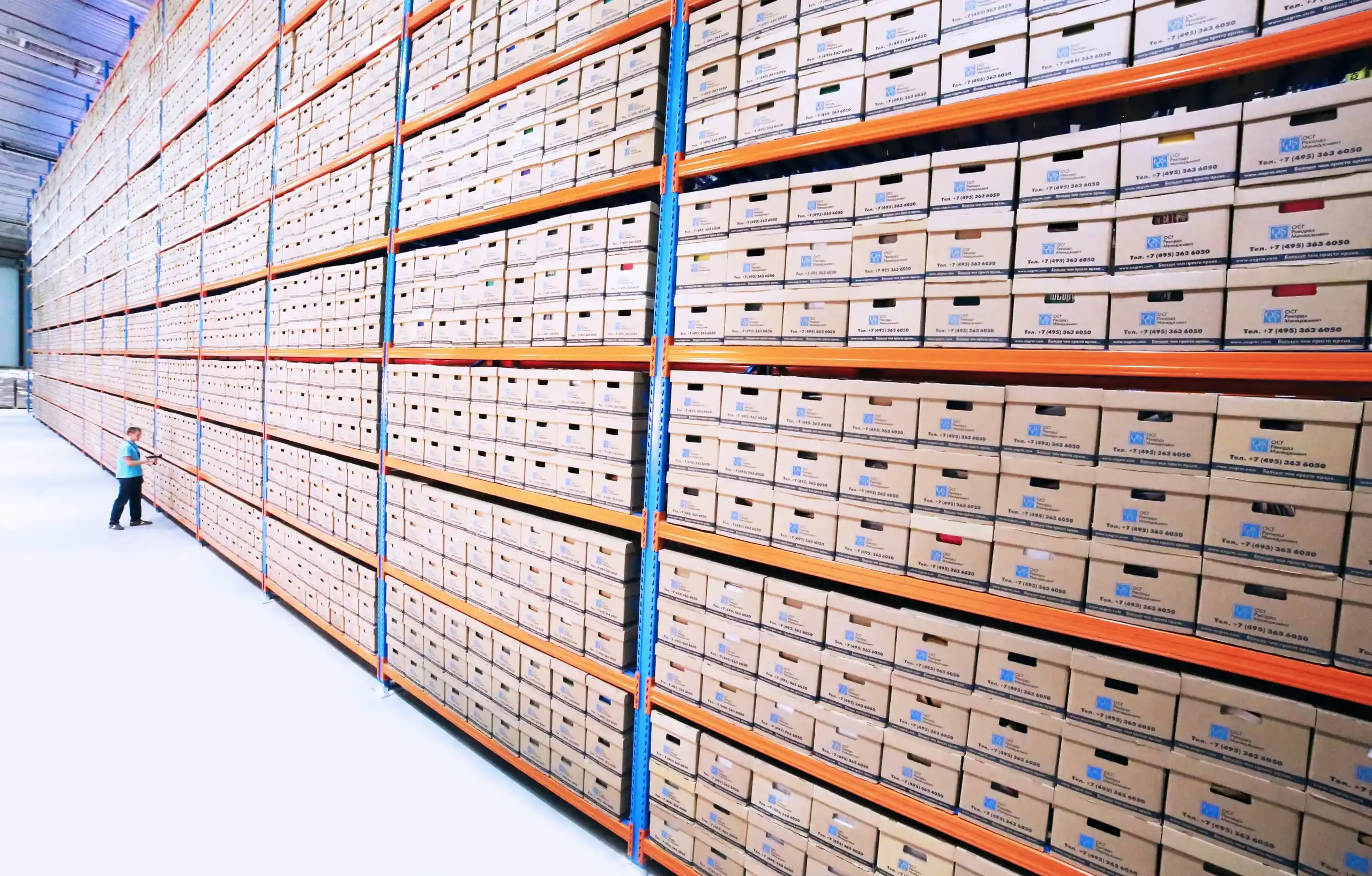On-demand scanning is a service that has been timely and transformative; it becomes an unsung hero for businesses and individuals in this technological age. Imagine life where you do not have to wade through mountains of paper or bother about going through endless filing cabinets. What happens, instead, is that documents get digitised when the need arises, effecting a very smooth transition from physical to the digital world. This service is most useful for organisations that scan infrequently yet need periodic digitisation. It emanated from the document storage industry. Think about it—instead of having to bring a storage box to your office, you request that a specific document be scanned and sent to you in digital form. The end result? Convenience, speed, and cost-effectiveness all around, without incurring the burden of expensive equipment or making a large-time investment.
The many stages of scanning
The process of document scanning is a series of organised activities that, when in order, is the key to producing high-quality, manageable, and accessible digital files. The first stage or key to effective document scanning is preparation. Remove staples and paper clips from documents. Straighten out the pages so that there are no folds or dog-eared edges. When possible, group together similar documents. Choosing the right scanner is also very important: high-speed scanners with automatic document feeders for big volume and flatbed scanners for small volume or sensitive documents. Scan according to your requirements—300 dpi resolution is usually adequate, and select the correct colour mode and file format, be it PDF, JPEG, or TIFF. Quality control cannot be emphasised enough; proof scanned files for legibility and completeness, rescan if needed. Use Optical Character Recognition (OCR) software to make text searchable and editable, thus making your files more useful. Organise and store your digital documents in structured folders with meaningful names and, where possible, safely backed up using cloud storage for easy access and reliability.
The difference between copying and scanning
Scanning and copying are often confused with one another; however, both are completely different functions. Scanning turns physical documents into digital files that can be saved, edited, or forwarded. This feature is useful, especially if OCR has been used, enabling search through text and also edit. Copying, however, produces physical duplicates only for the present at the expense of the benefits that come with digital storage. The speed with which scanning takes place will vary based on the quantity of documents and scanner type. Professional scanners can produce between 80 to 250 pages per minute. Scanning services usually have a quick turnaround period that covers preparation scans, quality checks, post-processing as well and can usually deliver documents the same day or the next day for those in a hurry. Embracing on-demand scanning is an economical and intelligent way to convert your files into the high-quality digital files which are easy to manage. Do note the difference between scanning and copying and typical times expected from scanning services for better planning. Services give dependable and precise document management solutions regarding diverse needs for scanning.
Transitioning to a paperless environment
Now, we enter the general space of going paperless—thinking of an office not being a slave to stacks of paper but, rather, being efficient, sustainable, and sane. This whole thing has gone so far beyond fad; it’s an innovation jump in the direction of work productivity and, quite frankly, at the bottom line. Think of the phenomenal costs associated with printing, filing, then managing paper documents. Transitioning to a paperless environment can lead to a cut in these costs, and the money saved could be used in other activities that could further drive growth. Because of the productivity gained, the ease in accessing and editing documents via a simple click is much like changing from a horse-drawn carriage into a sports car—speed and efficiency all the way. Further, it decreases the use of paper, making it a move toward the corporate sustainability goals that reduce the carbon footprint and enhance your brand image.
Start with what you have
Start this transformational journey by first evaluating your current practices. Conduct a meticulous audit of your paper-based processes, identifying opportunities for digitisation, while at the same time charting the road map to make this transition. Invest in robust document management software and cloud storage solutions that will underpin your paperless future. The same goes for employee training: provide the staff with skills to operate new digital workflows and note the benefits likely to accrue in order to win their support. Start with scanning of existing documents through top-tier scanners or specialised services and organise those in logical folders with consistent naming conventions. Implement electronic signature solutions to hasten approval and encourage digital communication to minimise paper waste. A hierarchical folder structure, descriptive filenames, and robust metadata can be added into the structure to ensure easy retrieval in a digital filing system. The use of document management software with version control ensures changes are recorded and errors are not made; additionally, very strong backup and security are built around your digital files.
The rewards of going paperless
In short, the paperless revolution is not only a matter of coming closer to modernity but of strategic evolution. Businesses, therefore, need to embrace digitisation with respect to efficient workflows and advanced technologies that bring it for unlocking unprecedented efficiencies, productivity, and sustainability. The road is demanding—requiring thoughtful planning and meticulous execution—but the rewards are deep, so gear up and join the paperless revolution.
